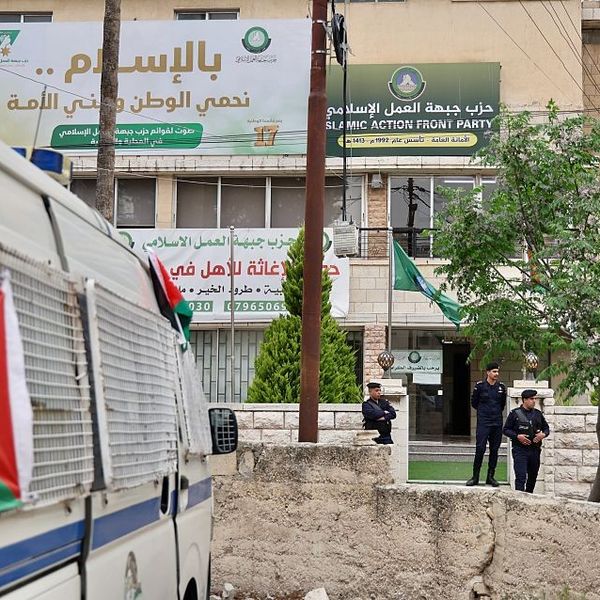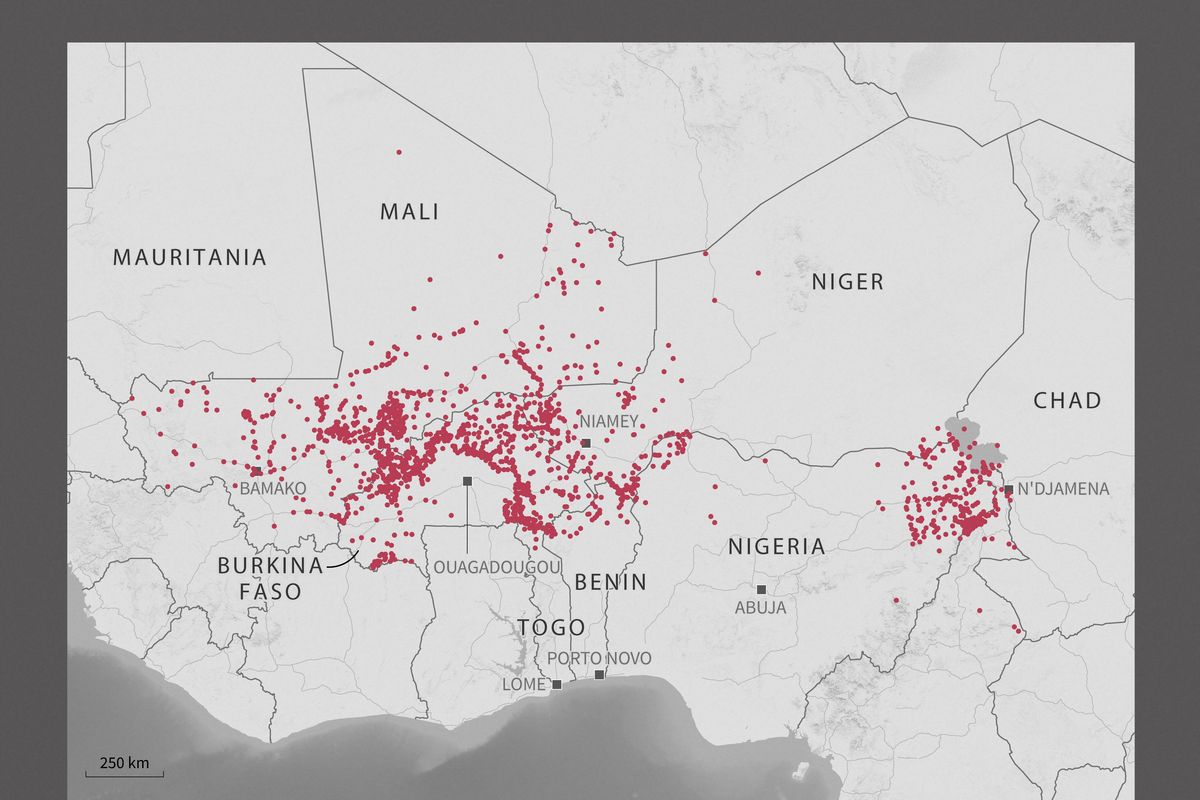Bottom Line Up Front:
- The Pakistan Press Club Safety Hub Network reported 13 cases of murder, violence, intimidation and censorship against local Pakistani journalists in August.
- In Afghanistan, 12 journalists have been killed in 2018, the highest number ever recorded by the Committee to Protect Journalists.
- In Myanmar, the government sentenced two journalists to 7 years in jail for reporting on the Rohingya atrocities.
- More governments, including the U.S., are openly demeaning the work of journalism and questioning the loyalties and ethics of journalists.
In the U.S., the ‘death of local journalism’ is a term used to describe the loss of independent local newspapers as large media corporations consolidate an even greater market share. Yet in many places, the term ‘death of local journalism’ is literal, as journalists continue to be targeted for reporting issues of intensely local concern. The situation is so bad that a drop in the number of attacks and even murders of journalists in Pakistan is construed as a mixed blessing. In part, it correlates to a decreased presence and self-censorship of journalists who rightfully fear for their safety. The threat to local journalists is a global crisis with long-lasting negative implications for the prospects of transparent and accountable governance and the struggle against ideologies that encourage political violence.
In Afghanistan, journalists face real threats from the Taliban and, now, the so-called Islamic State. On September 5, 2018, two journalists from TOLO News—Samim Faramarz and Ramiz Ahmadi—were killed in Kabul by a follow-on bombing that targeted the medical and police responders as well as journalists who had raced to the scene to report on the initial bombing. Their deaths, according to the Committee to Protect Journalists, brought the number of local journalists killed in 2018 in Afghanistan to 12. That is the highest number since CPJ has been keeping records, including the 2001 U.S. invasion and toppling of the Taliban. There has never been a more dangerous time to be an Afghan journalist precisely because there has never been a more important time for local Afghan journalism. Accurate reporting on endemic government corruption, the readiness of Afghan military and police forces, and the crimes of the Taliban and other terrorist groups are among the most powerful tools of the average Afghan citizen. Accordingly, those who report on these issues are being targeted by the Taliban and now the so-called Islamic State.
In neighboring Pakistan, the threat comes not just from terrorist groups but also from the military. On September 12, 2018, the CPJ released a special report entitled ‘Acts of Intimidation: Silencing the Press in Pakistan.’ In the report, the CRJ notes that there has been a marked decrease in the killing of local journalists in Pakistan following a peak that occurred between 2010 and 2014. In the aftermath, the military cracked down on groups like Tehrik-i-Taliban Pakistan (TTP), also known as the Pakistani Taliban, but has also severely restricted the press. The Pakistan Press Club Safety Hub Network reported that there have been 13 cases of violence, intimidation, and censorship against local Pakistani journalists in August 2018 alone. Three journalists have been killed this year in Pakistan: Abid Hussain, Anjum Muneer Raja, and Zeeshan Ashraf Butt.
In Myanmar, there was a rare protest in Yangon over the sentencing of Wa Lone and Kyaw Soe O, two local reporters working for Reuters, who each received sentences of seven years in prison. The charges and the trial have been widely condemned as a sham. The men stand accused of violating the Official Secrets Act after they allegedly reported details on the government’s actions against the Rohingya, an ethnic Muslim minority. Despite condemnation from the United Nations and other members of the international community, the government of Aung San Suu Kyi sentenced the two journalists for essentially reporting on what the UN High Commissioner for Human Rights has called ‘textbook example of ethnic cleansing.’ The U.N.-sponsored Independent International Fact-Finding Mission on Myanmar concluded, ‘on reasonable grounds, that the patterns of gross human rights violations and serious violations of international humanitarian law that it is found, amount to the gravest crime under international law.’
The denigration and targeting—even rhetorically—of journalists specifically, and of journalism more generally, is now common in the U.S., as it is in Russia, Egypt, Saudi Arabia, Hungary, and many authoritarian countries. The intentional hobbling of a network of local and national journalists is exceedingly difficult to halt and reverse, especially once it gains momentum. The targeting of a free press is among the greatest threats to open societies and should be countered at every stage, especially as the disinformation era proceeds unabated. To fight the threats of censorship, it is absolutely critical to encourage a robust and vibrant free press while protecting journalists from harassment, intimidation, and violence.















